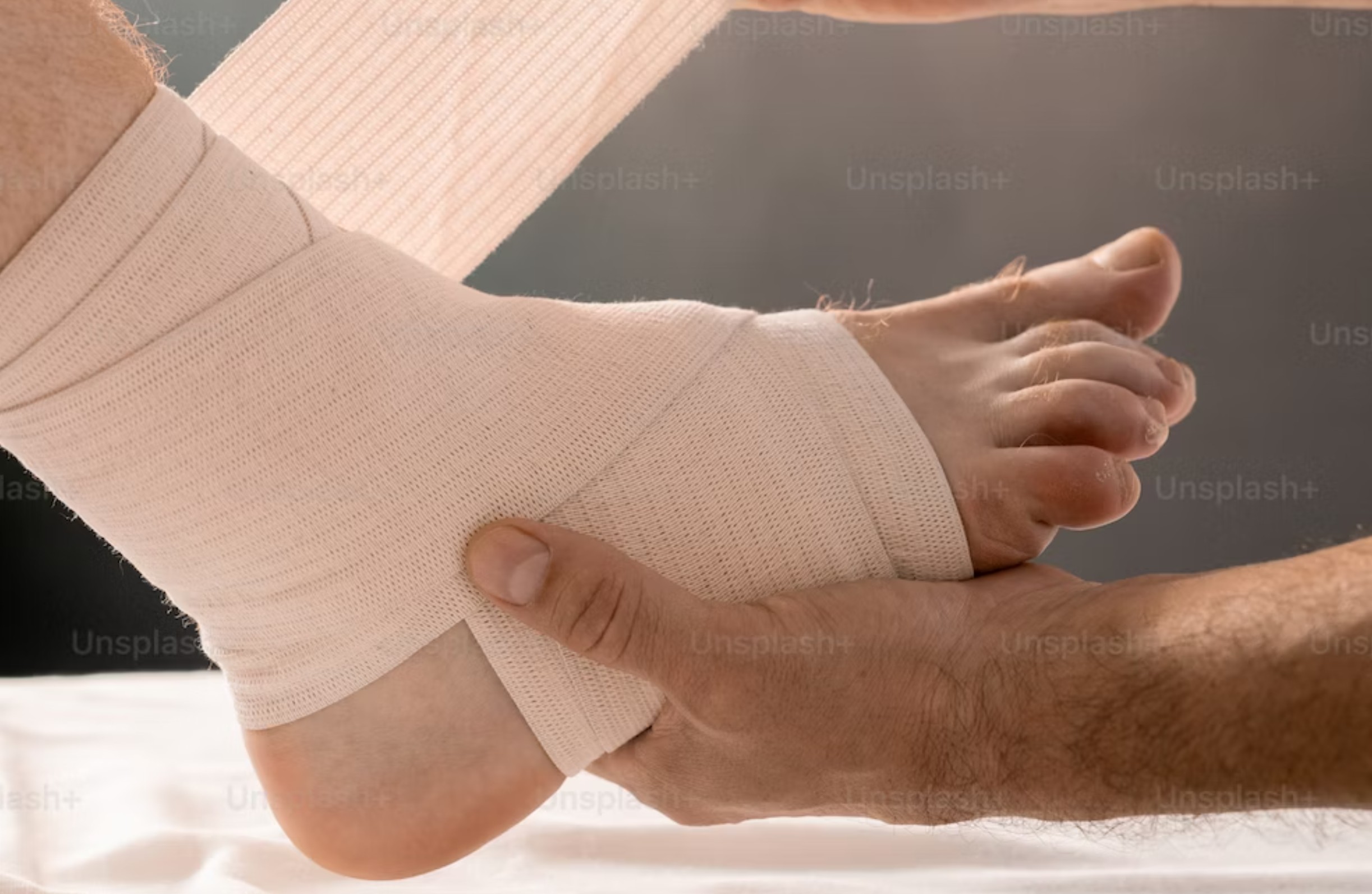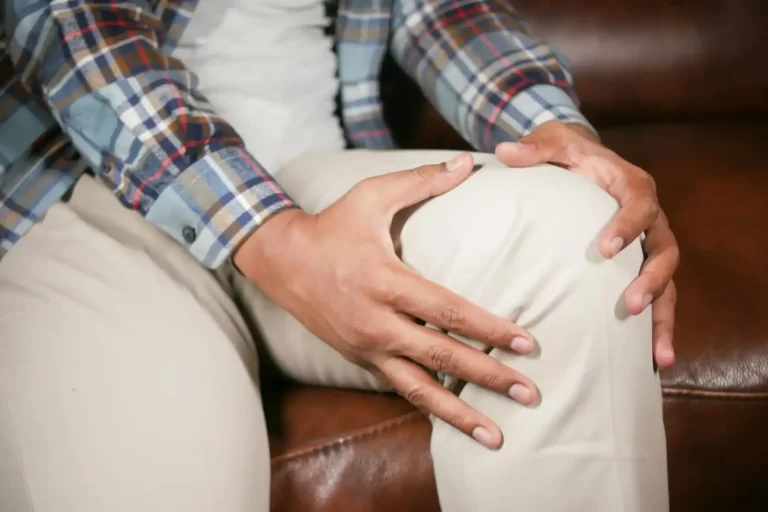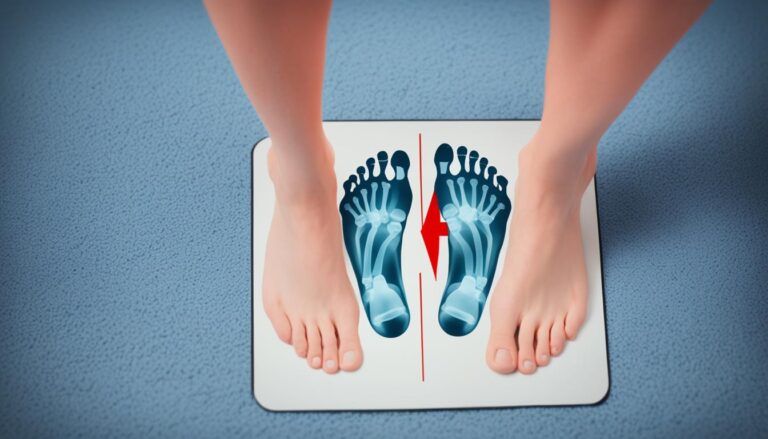Demystifying the Medical Term for Ball of Foot: A Comprehensive Guide
One of the most common injuries for runners, walkers and dancers is metatarsalgia. It’s also known as ball-of-foot pain or a chilblain. This happens because your body is unable to heat up enough blood flowing through your feet during exercise. The condition can be painful and cause blisters on the bottom of your feet – but there are many ways to treat it. In this article we’ll explain what exactly causes metatarsalgia, how you can diagnose yourself with it (if you think you have it), and how to treat it properly using natural remedies like garlic oil or turmeric paste.
What is the medical term for ball of foot?
The medical term for ball of foot is metatarsophalangeal joints (MTPJs). The ball of the foot is the part of the foot that touches the ground when you walk, so it’s important to understand exactly what this means.
Joints are places where two bones meet, allowing them to move against each other and form a hinge or pivot joint. In human bodies, there are many different types of joints: ball-and-socket joints like your hip socket; gliding joints such as those found between vertebrae; saddle joints like those found in wrists and fingers; pivot joints like those found at MTPJs in feet; condyloid joints such as knuckles; ellipsoid ones such as kneecaps etcetera…
Why do we need medical terms?
Medical terms are important because they help doctors communicate with each other about your health care needs. They give you a clear understanding about what’s happening to you or your child during treatment so that there’s no confusion between doctor and patient; this helps ensure that everyone involved understands their roles and responsibilities during treatment plan development.
How to define the medical term for ball of foot?
The medical term for ball of foot is metatarsophalangeal joint (MTPJ). MTPJs are the joints that connect the bones of the big toe to the bones of your foot. These joints are located in the ball of your foot, and they’re responsible for bending and straightening your big toe.
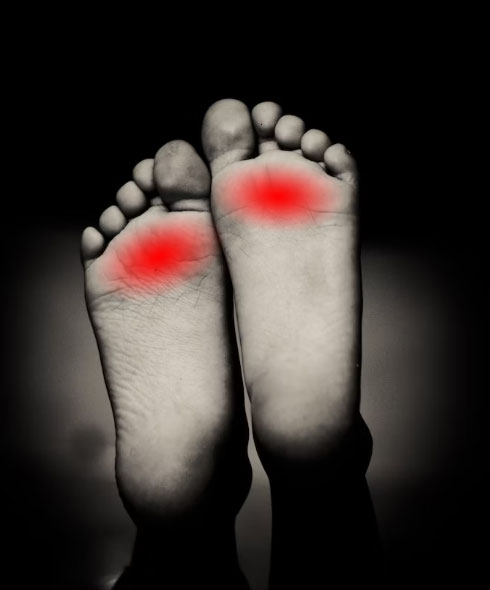
In order to understand how these MTPJs work, let’s take a closer look at each one individually:
- First MTPJ – This joint connects your first metatarsal bone with your first phalanx bone (i.e., base of your big toe) through ligaments on either side of it. It allows you to flex both sides simultaneously when you walk or run since this motion requires flexion at both ends simultaneously–to allow full extension during weight bearing phases throughout walking or running gait cycles while maintaining stability throughout other phases such as stance phase where no traction forces exist due solely upon plantar fascia tension alone..
- Second MTPJ – This joint allows your second metatarsal bone to move forward and back with respect to the phalanx bone (i.e., base of your big toe) on either side of it. This motion is called inversion and eversion, which is what allows you to point your toes or curl them under when standing still or walking.
- Third MTPJ. This joint allows your third metatarsal bone to move forward and back with respect to the phalanx bone (i.e., base of your middle toe) on either side of it. This motion is called inversion and eversion, which is what allows you to point your toes or curl them under when standing still or walking. This motion is also necessary for normal walking and running gait cycles, especially during the stance phase where your big toe needs to be able to move forward and back with respect to your first metatarsal bone (which will help you maintain proper foot alignment).
What Causes Pain in the Ball of the Foot?
The ball of the foot is a popular area for pain. This can be caused by many things, but the most common causes of ball of foot pain include:
- Arthritis
- Metatarsal
- Diabetes mellitus (a disease that affects how your body uses sugar)
- Flat feet (also called fallen arches)
There are also other less common causes of pain in this area, such as:
Infection (such as gout) Bursitis (a painful inflammation of the bursa, which are small fluid-filled sacs that help cushion and protect tendons, muscles and bones in your joints) Hammer toe (a deformity where one or more of your toes bend down toward your other toes)
What are the symptoms of ball of foot pain?
If you are not sure whether the discomfort you are experiencing is due to metatarsalgia, below are the most common symptoms associated with the condition.
Pain in the Ball of Foot
The most prevalent symptom is a persistent or recurring pain in the primary affected area, the ball of the foot. This pain is often described as:
- Sharp or shooting pain
- Burning sensation
- A feeling of having a pebble stuck in your shoe
Pain that Worsens with Activity
Ball of foot pain generally increases with physical activities like running, walking, or even standing for a long period. The pain usually decreases during rest.
Pain that Increases when Walking Barefoot
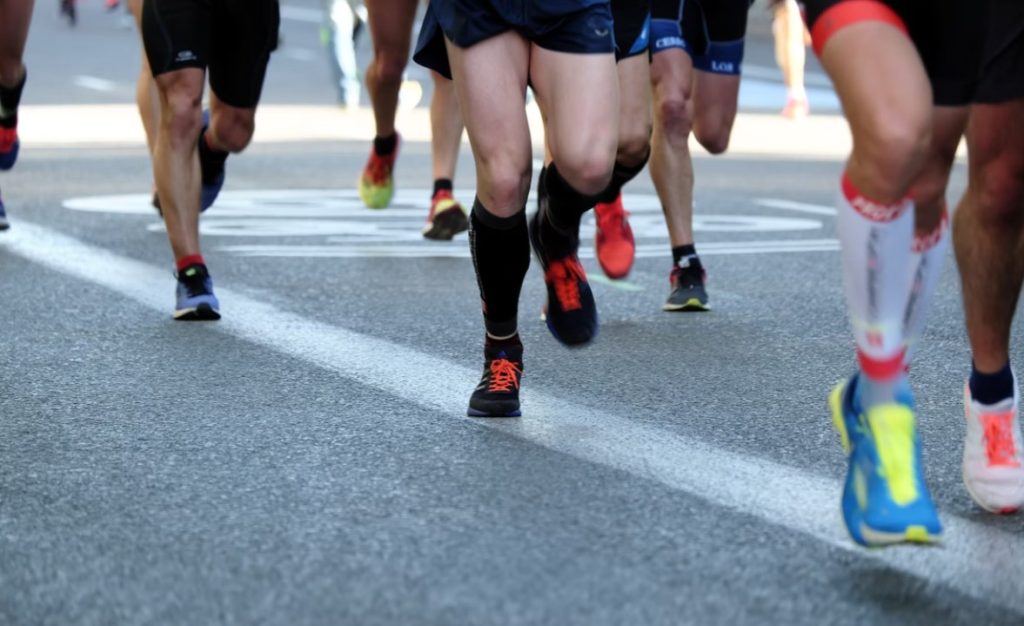
Walking barefoot or on a hard surface often intensifies the discomfort due to the absence of support or cushioning.
Numbness or Tingling Sensation in Toes
Many people afflicted with metatarsalgia report feelings of numbness or tingling, often described as “pins and needles” in their toes.
Swelling or Pain in the Toes
In addition to the pain in the ball of the foot, you might experience swelling, discomfort, or stiffness in your toes.
Who will gets ball of foot pain?
Anyone can get ball of foot pain. It’s most common in people who have high arches, flat feet, and bunions. It also affects those with arthritis, diabetes and gout. People who wear high heels or are overweight are also at risk for developing this condition.
People with poor circulation may be more likely to experience discomfort in their feet due to reduced blood flow that could lead to swelling or inflammation around the joints of the toes.
How to diagnosed ball of foot pain?
To diagnose ball of foot pain, a doctor will ask you to provide information about your medical history and symptoms. You may also be asked to complete a physical examination and imaging tests such as X-rays or MRI scans.
Blood tests can also help determine if there’s a medical condition causing your ball of foot pain. For example, if you have diabetes or are taking blood thinners (like aspirin), these could be contributing factors for why you’re experiencing discomfort in this area.
Common treatments for ball of foot pain
There are several treatments for ball of foot pain. Here are the common ones:
- Resting your feet and wearing comfortable shoes that support the arch of your foot can help relieve discomfort.
- You should also try to avoid wearing high heels or shoes with pointed toes, which can put extra pressure on the ball of your foot.
- If you’re experiencing severe pain, you may need a doctor’s prescription for either over-the-counter or prescription medication (e.g., ibuprofen). The goal is to reduce inflammation while allowing time for healing tissue underneath the skin surface before trying other treatments again later on down in this article!
Flat Feet Insoles: A Solution to Prevent Ball of Foot Pain

For those who experience discomfort and pain in the feet, finding relief can be a challenging endeavor. One common condition that affects many individuals is the ball of foot pain, also known as metatarsalgia. However, certain remedies can alleviate this painful issue – and one such solution is flat feet insoles. Through this blog, we will explore how these specialized insoles can address your ball of foot pain.
Arch Support
The primary function of flat feet insoles is to deliver the much-needed arch support. This support helps distribute body weight more evenly across the entire foot, reducing strain and pressure on the ball of the foot and other vulnerable spots.
Shock Absorption
Insoles for flat feet are typically manufactured from materials that offer a high degree of shock absorption. This absorption can minimize the impact from walking, running, or jumping, ultimately reducing the stress on your metatarsal bones and alleviating pain.
Enhanced Stability
Flat feet insoles can improve foot stability by promoting a more natural alignment of the feet and ankles. This realignment can reduce excessive foot motion and decrease the chances of developing ball of foot pain.
Pressure Redistribution
As flat feet insoles offer cushioning, they can redistribute the pressure on the ball of the foot, providing additional comfort and potentially preventing pain from developing.
When should I see a doctor for foot pain?
If you’re experiencing foot pain, you should see a doctor. The following conditions may require immediate medical attention:
- Severe pain
- If you cannot walk on the affected foot
- Diabetes or poor circulation (such as peripheral vascular disease)
- Injury to your foot (such as a broken bone)
If you have any of these conditions and experience severe pain in your feet, go to an emergency room immediately.
How to prevent ball of foot pain?
There are a number of ways you can prevent ball of foot pain. First, make sure to keep your feet dry by changing out of wet socks as soon as possible and drying off any water that gets on the sole of the foot. If you have sweaty feet, consider using powder or antiperspirant in addition to keeping them dry.
Secondly, it’s important to wear shoes that fit properly and have good arch support; this will ensure that there is no pressure being applied directly on top of the bony prominence located just below where toes meet instep (called metatarsal heads).
How long ball of foot pain treated
The treatment of ball of foot pain depends on the cause. Ball of foot pain can be treated with over-the-counter medications and exercises, but if your ball of foot pain is caused by an underlying condition, such as gout or arthritis, your doctor may prescribe medication to treat your condition.
Conclusion: The role of knowledge in foot health
ball of foot pain can be a very frustrating condition to deal with, especially if you are unable to find a treatment that works for you. However, if you are able to pinpoint the cause of your pain and follow these simple tips, then it will be much easier for you to manage your symptoms.

